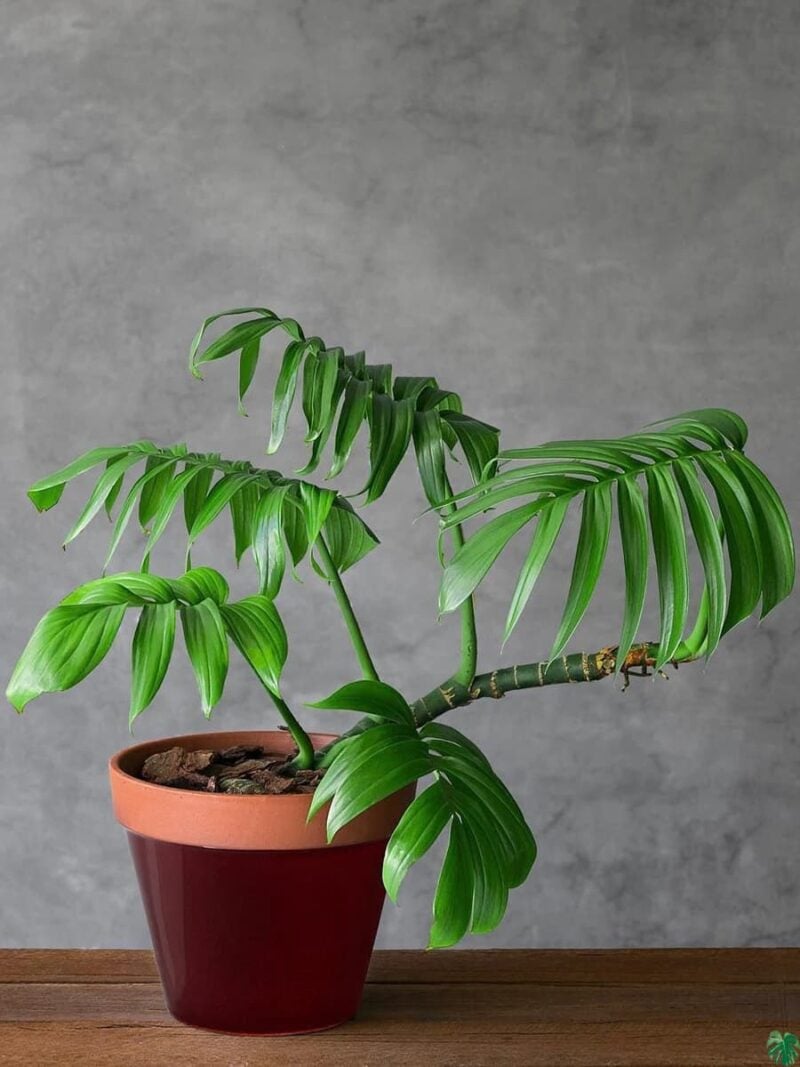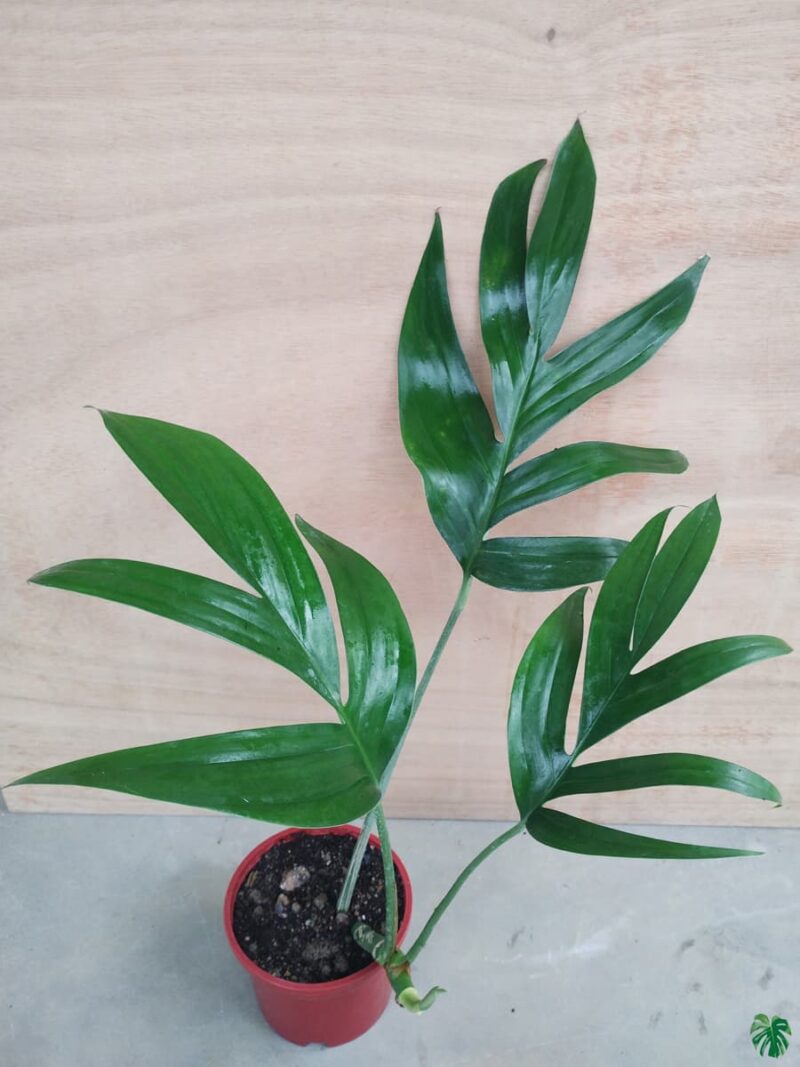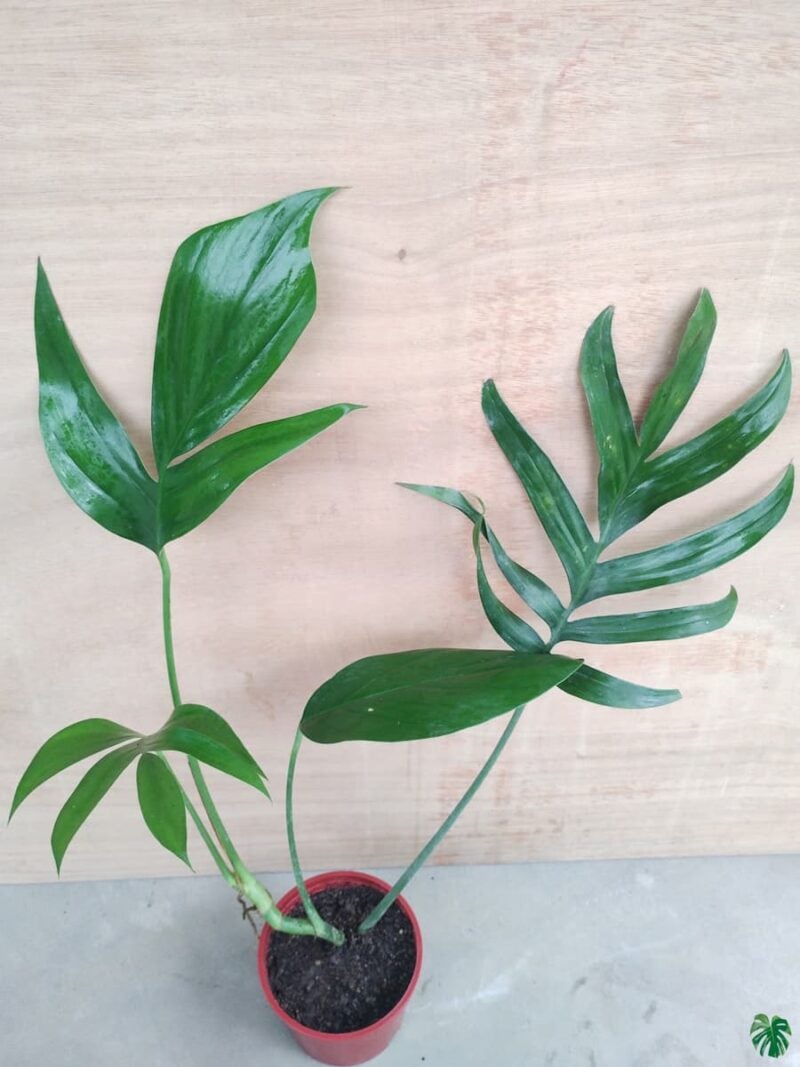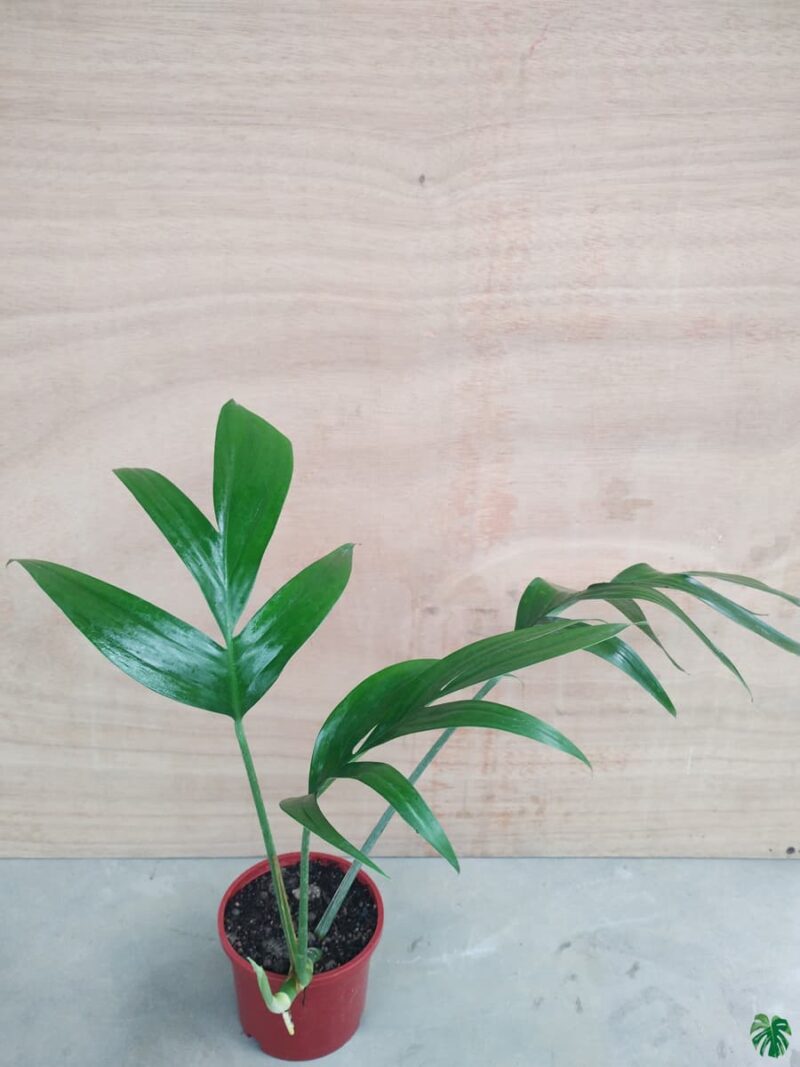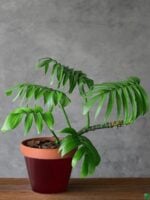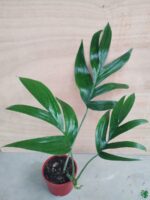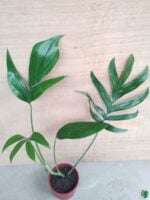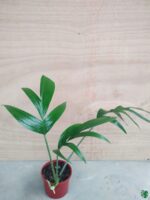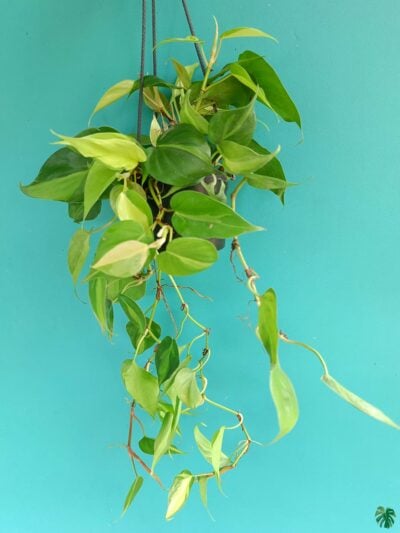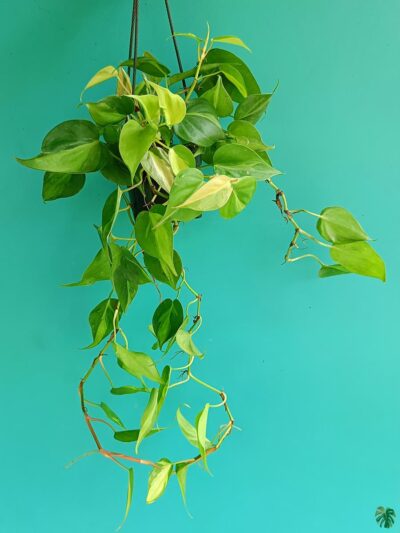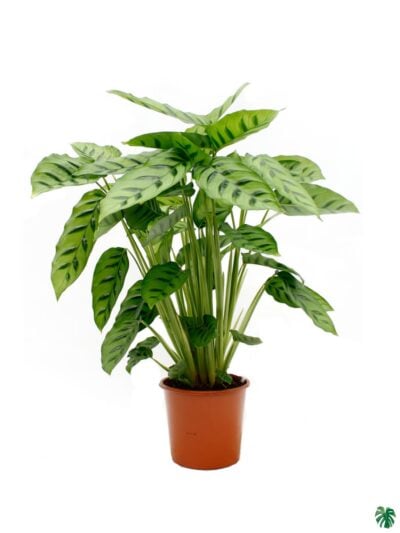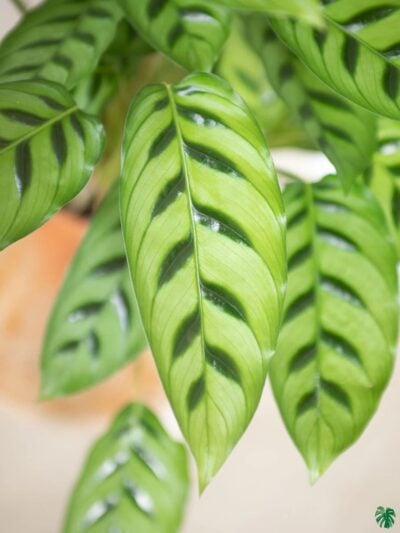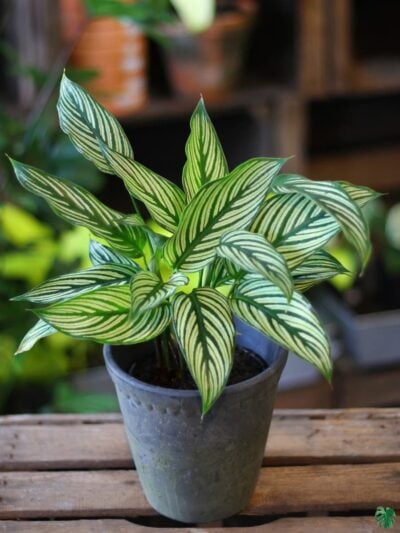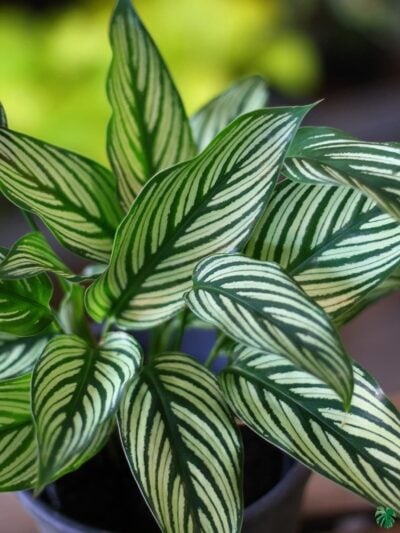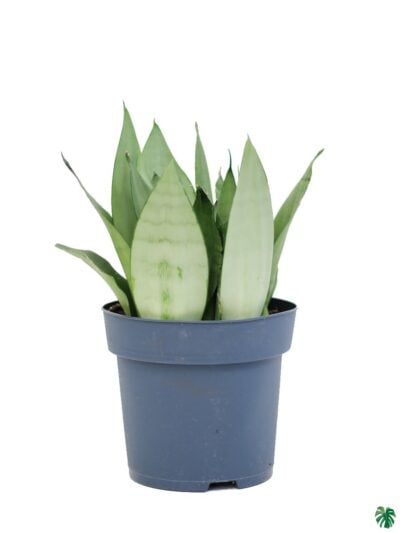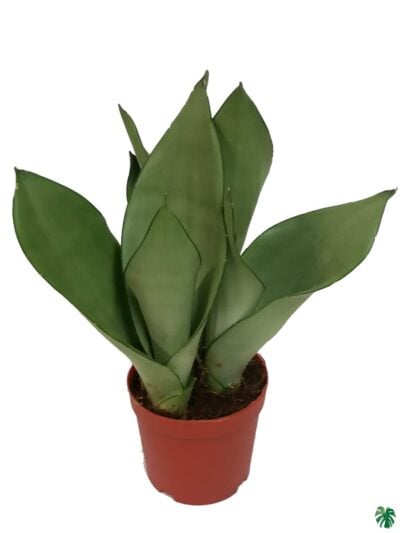Rhaphidophora Decursiva
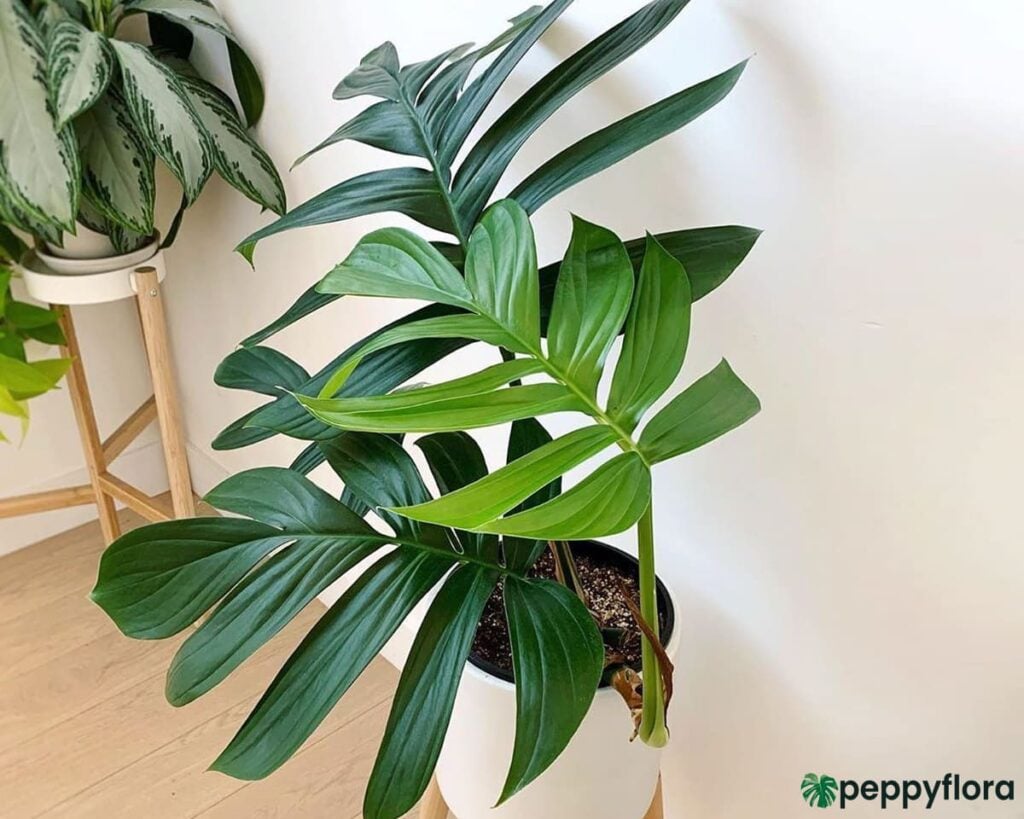
Rhaphidophora Decursiva is popular as a houseplant for it’s easy to maintain and it also enlivens your living space with its tropical beauty. When young, Rhaphidophora Decursiva sprouts leaves that are small and continuous. But as they age, the leaves slowly develop more and more lobes around the edges, eventually developing deep lobes that reach nearly to the central vein. This gives it a delicate, fringed appearance, reminiscent of a palm frond. Outdoors, the leaves become gigantic to dimensions of 40 inches (1 meter) in length and 20 inches (0,5 meter) wide. However, at home they will be smaller.
The roots of this Rhaphidophora grow outside the soil. They develop from nodes located on the stem of Decursiva above the soil. The role of aerial roots is to provide the plant with stability in the air (outside the soil) and by attaching to a tree or some nearby structure, such as walls to climb the plant to higher altitudes.
It is classified as an Epiphyte due to its way of growth. Epiphytes (air plants) are not bound to the ground. These plants grow by relying on other plants, but not as parasites. That is to say, they do not take water nor nutrients from their host. More precisely, Rhaphidophora Decursiva is a Hemiepiphyte. The characteristic of Hemiepiphyte is that this plant lives one part of their lives as Epiphytes and the other part of their lives is rooted in the ground.
Rhaphidophora is a genus in the family Araceae, occurring from tropical Africa eastwards through Malesia and Australasia to the Western Pacific. The genus consists of approximately 100 species.

